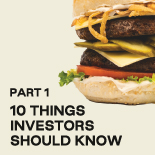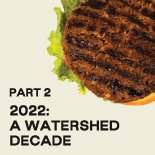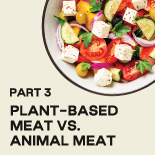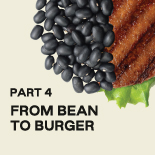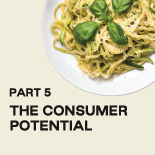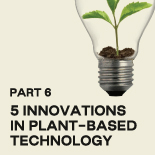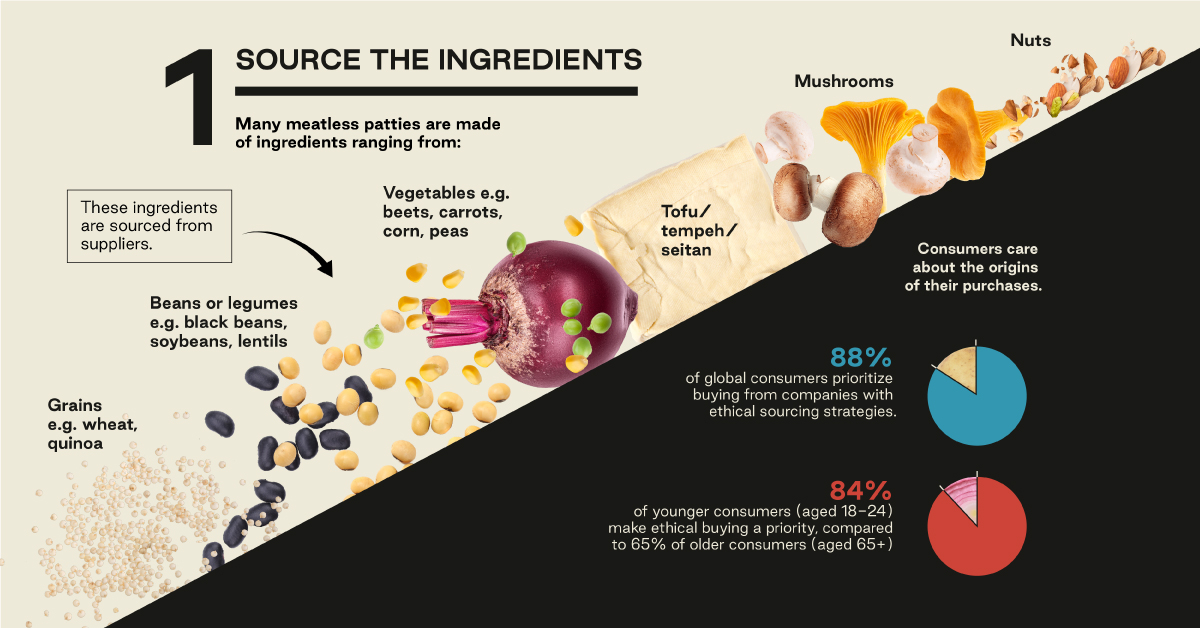Plant-Based Products: The Journey from Bean to Burger
Plant-Based Products: The Journey from Bean to Burger
As plant-based products become more and more popular, their demand continues to skyrocket.
As a result, alternatives like meatless meat are expected to take a bite out of the conventional protein market in the coming years. In fact, the global plant-based market value is expected to grow 5.5x to reach a projected $162 billion by 2030.
So how do these plant-based alternatives end up on people’s plates? This infographic from the Very Good Food Company (VGFC) traces the supply chain to discover how a plant-based product, such as a vegetable burger, goes from farm to fork.
Step 1: Source the Ingredients
Many meatless patties are made of ingredients ranging from: nuts, mushrooms, tofu, tempeh, grains, vegetables, beans, or legumes.
According to a survey of over 27,000 global consumers, 88% prioritize buying from companies with ethical sourcing strategies. Moreover, these trends are much more pronounced in younger consumers (aged 18-24), compared to older generations (aged 65+).
Step 2: Prepare the Ingredients
After inspection at the manufacturing plant, the ingredients are washed and thoroughly cleaned. This ensures that no dirt or bacteria is left on the raw, often organic products.
From there, the grains are cooked until softened, and strained. Meanwhile, the vegetables are chopped into uniform pieces, either by machine or by hand.
Step 3: Form the Patties
Once that’s done, pre-measured amounts of the grains and vegetables are mixed thoroughly in an industrial mixing bowl to achieve the right ratio.
The mixture is loaded into an automatic patty-making machine—which presses the vegetable burgers into round discs.
Step 4: Bake and Freeze the Patties
The newly formed plant-based patties are loaded onto baking trays, and cooked in an industrial-size oven. From here, they enter a freezing chamber (below 32°F/0°C).
This causes the patties to freeze within 30 minutes, causing ice crystals to form in them. When the meatless patties are cooked, the ice crystals melt, keeping them juicy.
Step 5: Package the Patties
The patties are vacuum packaged and sealed in plastic by serving size, and accompanied with pre-printed cardboard sleeves.
Vacuum sealing helps keep the patties fresher by increasing their shelf life and improving food safety. For many customers, whether or not a plant-based product has sustainable packaging will have a significant impact on their purchases:
- 67% of surveyed consumers consider recyclability to be important
- 83% of younger consumers would be willing to pay more for sustainably packaged products, compared to 70% of all consumers
As more and more veggie burgers get shipped to stores around the world, companies are looking for more sustainable ways to package patties and to reduce the need for single-use plastics.
The Benefits of Plant-Based Products
Not only are plant-based burgers cruelty-free, they also have a better environmental footprint compared to animal meat:
- Produce 30-90% less GHG emissions
- Use 47-99% less land
- Use 72-99% less water
The Very Good Food Company is a global brand which prides itself on finding innovative ways to make the healthiest food possible. Because VGFC’s founders come from a restaurant background, the company naturally prioritizes organic, high-quality ingredients, with minimal processing throughout the supply chain.
Click here to learn more how this helps the Very Good Food Company boost the wholesome nature of its plant-based products, without compromising on taste.

-
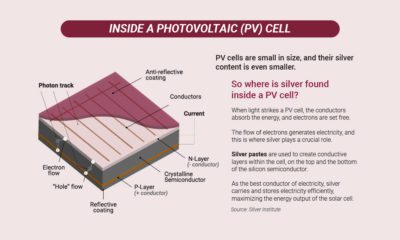
 Sponsored3 years ago
Sponsored3 years agoMore Than Precious: Silver’s Role in the New Energy Era (Part 3 of 3)
Long known as a precious metal, silver in solar and EV technologies will redefine its role and importance to a greener economy.
-
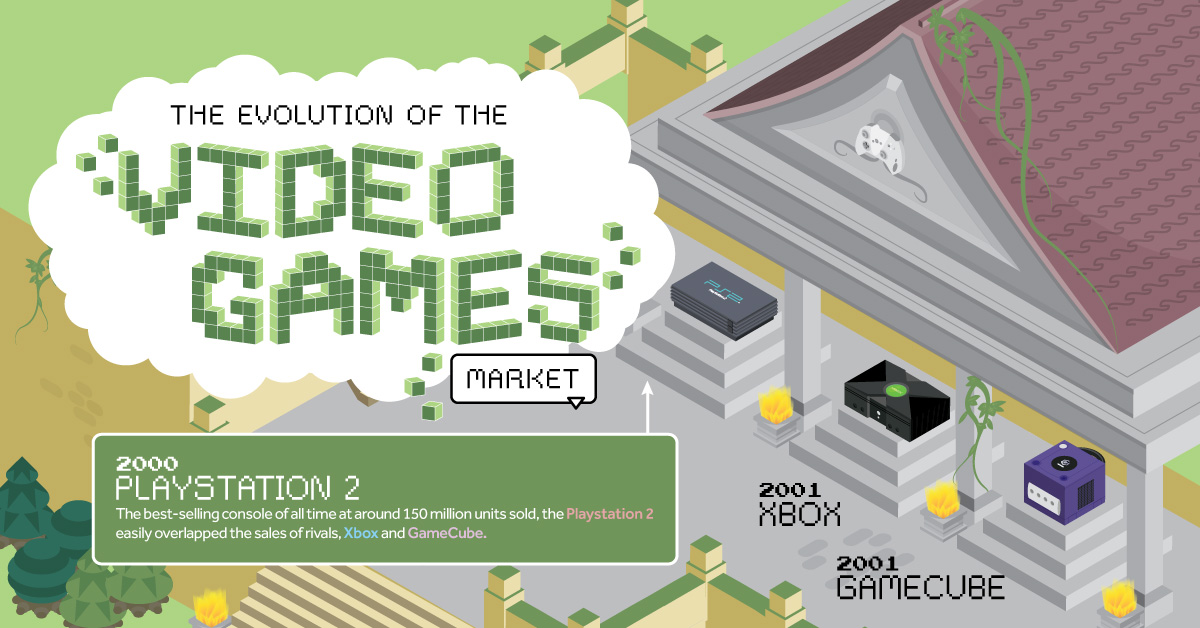
 Sponsored7 years ago
Sponsored7 years agoThe History and Evolution of the Video Games Market
Everything from Pong to the rise of mobile gaming and AR/VR. Learn about the $100 billion video games market in this giant infographic.
-
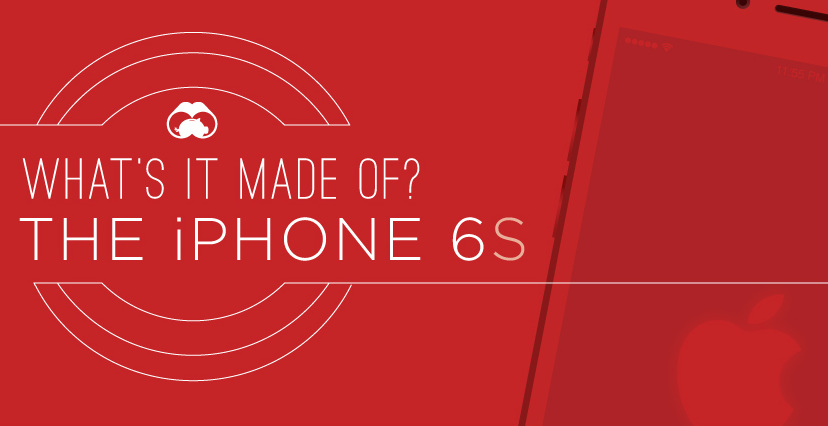
 Sponsored8 years ago
Sponsored8 years agoThe Extraordinary Raw Materials in an iPhone 6s
Over 700 million iPhones have now been sold, but the iPhone would not exist if it were not for the raw materials that make the technology…
-

 Sponsored8 years ago
Sponsored8 years agoThe Industrial Internet, and How It’s Revolutionizing Mining
The convergence of the global industrial sector with big data and the internet of things, or the Industrial Internet, will revolutionize how mining works.

